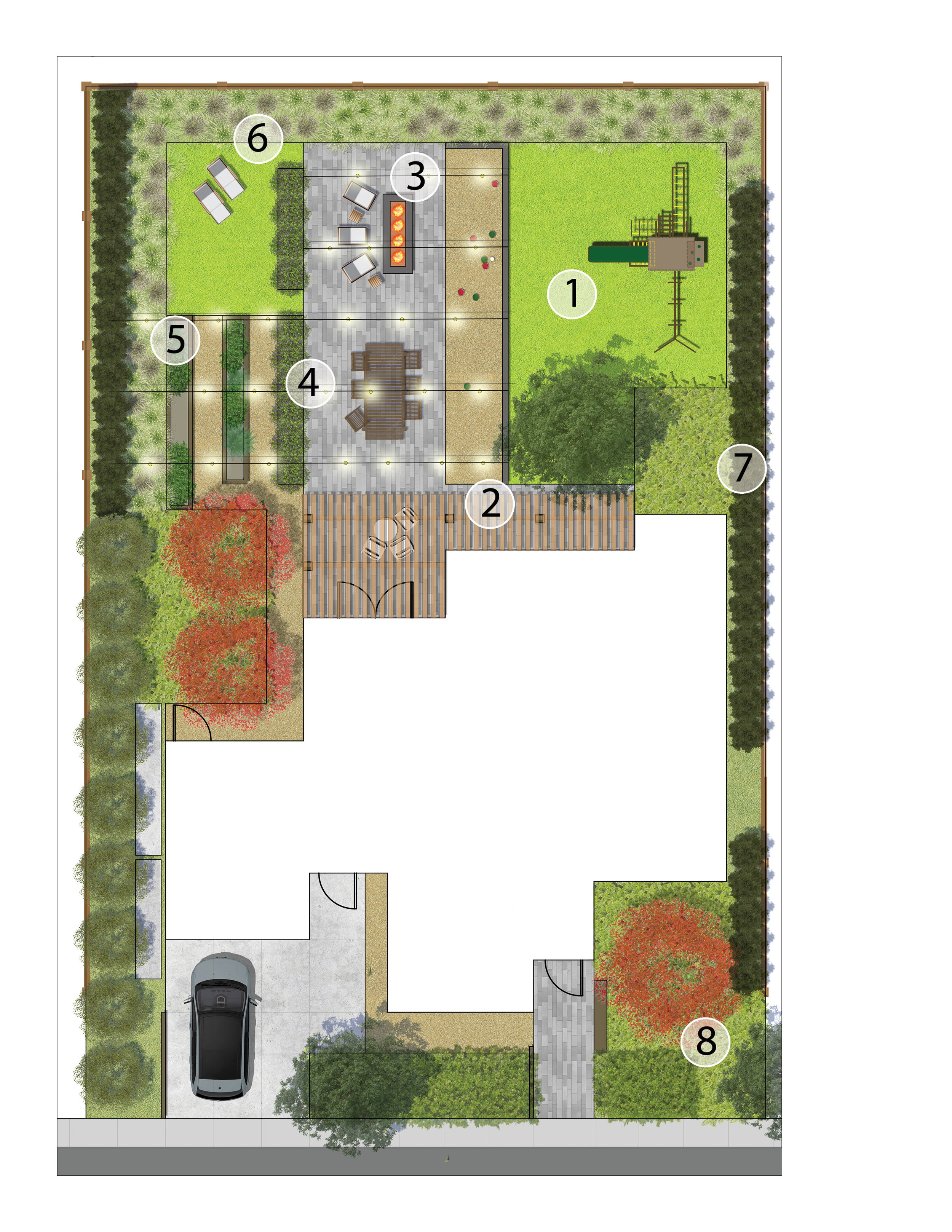The Ultimate Guide To Hilton Head Landscapes
The Ultimate Guide To Hilton Head Landscapes
Blog Article
Hilton Head Landscapes Fundamentals Explained
Table of ContentsThe smart Trick of Hilton Head Landscapes That Nobody is DiscussingIndicators on Hilton Head Landscapes You Should KnowIndicators on Hilton Head Landscapes You Should KnowThe 45-Second Trick For Hilton Head LandscapesMore About Hilton Head LandscapesThe 20-Second Trick For Hilton Head LandscapesHilton Head Landscapes Things To Know Before You Get This
Line creates all types and patterns and can be used in a range of methods the landscape. Line in the landscape is produced by the edge between two products, the synopsis or shape of a kind, or a lengthy direct function. Lines are a powerful device for the designer since they can be used to develop an infinite selection of forms and types, and they regulate motion of the eye and the body.

Lines can have several characteristics, such as those defined listed below, yet they usually serve different purposes. Figure 1. Lines in the landscape - bluffton landscaping. The properties of lines figure out just how people react to the landscape, both emotionally and literally. Straight lines are structural and powerful; they produce an official character, are generally connected with an in proportion design, and lead the eye straight to a prime focus.
Facts About Hilton Head Landscapes Uncovered
Curved lines produce a casual, natural, relaxed personality that is connected much more with nature and asymmetrical equilibrium. Bent lines relocate the eye at a slower rate and include enigma to the room by producing concealed sights.
Vertical lines in the landscape consist of tall, slim plant material, such as trees, or high structures, such as an arbor or a bird house on a pole. Straight lines move the eye along the ground plane and can make a room feel larger. Low lines are a lot more subdued and develop a feeling of rest or repose.
The Greatest Guide To Hilton Head Landscapes
Lines are additionally produced by the upright types of built features and plant product. There are three primary line types that develop kind in the landscape: bedlines, hardscape lines, and plant lines.
Bedlines attach plant material to your house and hardscape since the eye complies with the line, moving the gaze via the landscape. Hardscape lines are developed by the side of the hardscape, which defines the built framework. Line can likewise be created by lengthy and narrow materials, such as a fence or wall surface.
More About Hilton Head Landscapes
Kind is found in both hardscape and plants, and it is usually the leading visual element that spatially organizes the landscape and usually identifies the style of the garden. The type of structures, plant beds, and yard ornaments additionally identifies the total form style of the yard. Formal, geometric kinds consist of circles, squares, and polygons.
Plants create form in the garden with their outlines or silhouettes, however kind can also be defined by a space or unfavorable room in between plants - Landscapers near me (https://plant-waitress-d90.notion.site/Transform-Your-Outdoors-with-Hilton-Head-Landscapes-174812708a624c49ad532d2e0de1d93f). Circles can be complete circles, or they can be divided into fifty percent circles or circle segments and combined with lines to develop arcs and tangents
Things about Hilton Head Landscapes
Circles can likewise be extended right into ovals and ellipses for more range and passion. Circles are a solid layout form since the eye is constantly attracted to the center, which can be made use of to emphasize a prime focus or attach various other kinds. Number 2. Circular types in hardscape and yard panels.
The square form can likewise be fractional and pre-owned repeatedly to create a grid pattern. Unlike circles, squares are more powerful on the brink, which can be aligned or overlapped to create distinct patterns and more complex forms. Polygons are many-sided forms with straight sides. Triangulars, for example, are three-sided polygons.
Meandering lines typically resemble the all-natural training course of rivers or streams and can be referred to as smooth lines with deeply curved undulations. Twisting lines (Number 3) function well for pathways, plant bedlines, and completely dry stream beds. Twisting lines can include rate of interest and secret to a garden by leading viewers around edges to uncover new sights and areas.
Get This Report on Hilton Head Landscapes

Figure 5. Fragmented sides: tipping rocks in path. Form is the most enduring high quality of a plant (landscaping hilton head sc). https://www.anyflip.com/homepage/laavm#About. Typical plant forms are well established and standard, as type is one of the most regular and recognizable attribute of plants. Type can additionally be created through the massing of plants, where the total mass creates a various type than a specific plant.
A highly contrasting kind must be utilized with careone or 2 work well as a focal factor, yet way too many create mayhem. All-natural plant kinds, instead of over-trimmed forms, must develop the mass of the composition. The significance of total form is much more or less based on the checking out perspectivethe kind of a tree can appear fairly various to an individual standing under this post the cover versus viewing the tree from a distance in an open area.
4 Easy Facts About Hilton Head Landscapes Described
Plant types likewise develop and define the space or open areas in between the plants, producing either convex or concave types in the spaces. High-arching tree branches typically produce a concave open space under the branches, and a round cover with low branches loads the area to produce a convex kind in the open area under the tree.

Report this page